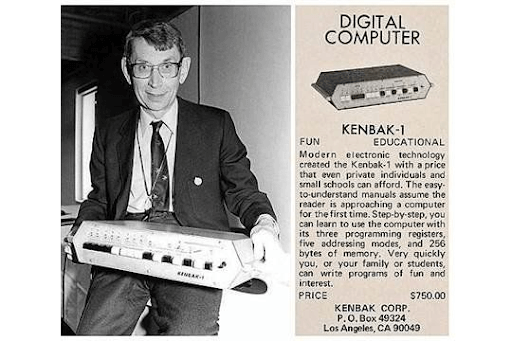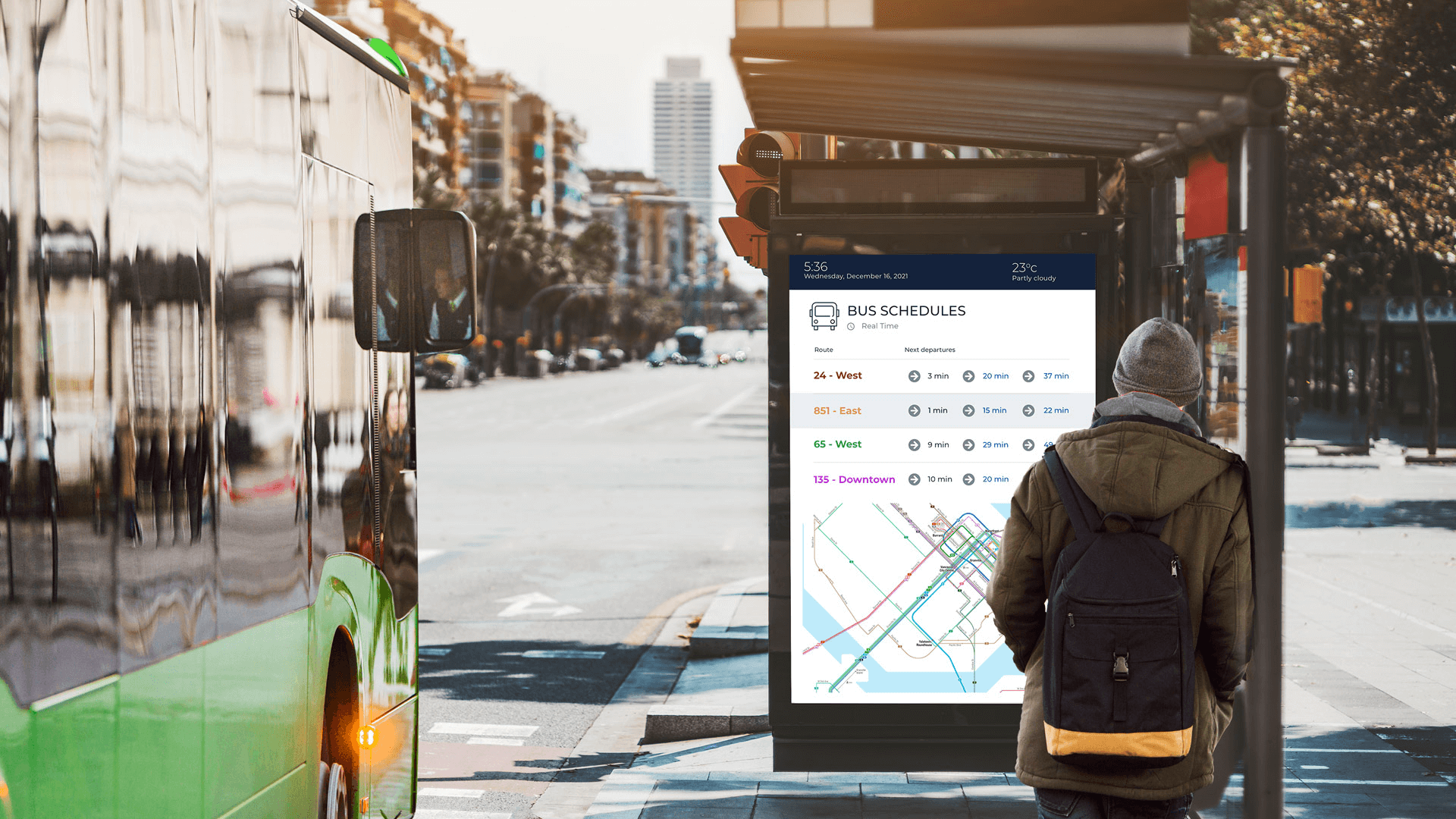A bit of history
Computer science is an integral part of science. Science includes many different fields, and is described as the pooling of knowledge in a particular sector. Some sectors, such as botany, medicine, and astronomy, have been studied for much longer than computer science. Computer science is a new scientific area in rapid and constant evolution. The beginning of computer science is closely linked to the work of mathematician Alan Turing, the inventor of the processor, during World War II. At the time, only a select few could own a “computing machine”.
In 1950, the 1011, one of the first marketed computers of the ERA Company, appeared in an open market environment. Within five years, the computer went from a “secret defense” tool to a marketed machine. The computers’ size was decreased, while their performance improved.

Figure 1. One of the first marketed computers: the ERA Company’s 1101 model.
We would have to wait until 1971 to see the first personal computer on the market: the KENBAK-1. This computer had an educational purpose, as it was designed for students learning how to use a computer and understand programming.

Figure 2. KENBAK-1: The first marketed personal computer
In just over 20 years, computer science evolved from gigantic machines being able to work only through an operator to an acceptably sized item with its many components centralized in a “box” that could be marketed for sale to the public. This technology kept changing, transforming computers into the models we know today, and which are an integral part of our lives.
The evolution of dynamic displays
The digital signage sector’s evolution is similar to the development of the computer in terms of hardware and performance. A few years ago, a digital signage installation would require buying different types of equipment to display content. It was commonplace to see computers using the Windows operating system directly plugged to the screen. The cost of the screen combined with the purchase of its dedicated computer, as well as the installation required to conceal the computer to the audience, meant a significant expense to be able to display content.
Just as the evolution of computers reduced the size of physical equipment while improving their performance, the digital signage sector is in constant evolution and can also decrease the different equipment parts you need to purchase when you choose the best software solution. ITESLIVE, from the ITESMEDIA company, is a great example of a flexible digital display software that can reduce the physical equipment needed for displaying content. With the availability of increasingly performant smart screens, you can install an innovative software solution directly in these screens, therefore eliminating the need to link a computer to the screen.
ITESLIVE can be installed on many different platforms. Digital signage screens from Samsung or LG have the internal features needed to make this magic happen. Screens equipped with the Android operating system are also compatible with software such as ITESLIVE. If you have a BrightSign player, you can keep it and use it with ITESLIVE. The value of being able to use the same software on different platforms to display content (and even synchronize it) is invaluable as it provides quality and versatility, and helps you save on indirect costs. ITESLIVE is a leading example of an innovative and affordable high-quality solution.










